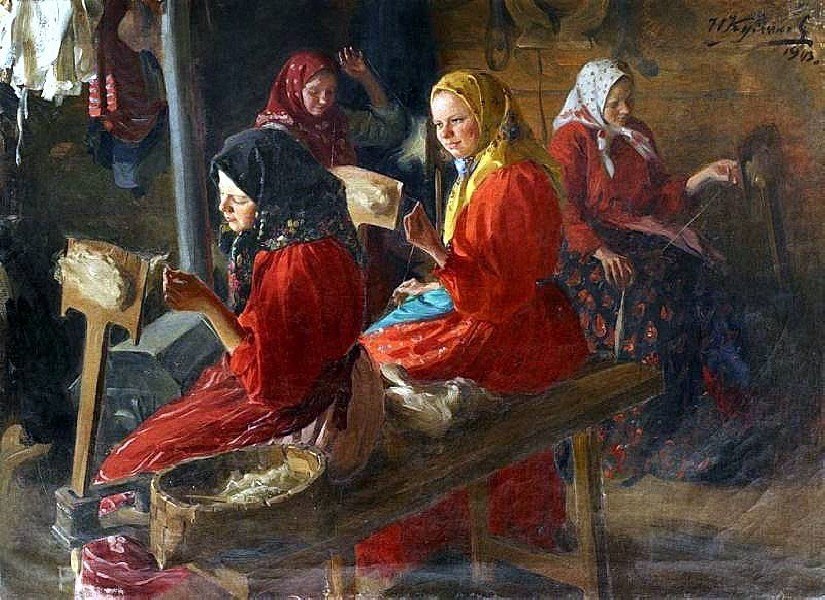The change from an agricultural to an industrial society fundamentally transformed Europe’s economy, politics, society, and culture during the years 1780-1914.
The industrial revolution represented a fundamental shift from human and animal power to fossil fuel power. The industrial revolution brought new machines with interchangeable parts and dramatic developments in communications, transportation, and agriculture as well as social and economic life.
The industrial revolution began in Great Britain in the late eighteenth century and quickly spread to Western Europe and the United States.
Historians point to a number of factors to explain this complex change, including the availability of capital; the rise of science and technology; a business-oriented, risk-taking, consumer mentality; massive population growth; appropriate natural resources; and supportive governments.
Industrialization brought new wealth, major changes in living standards, a transformation in agricultural productivity, and the development of factories, urbanization, and improved heath conditions.
Contemporary observers were more conscious of dramatic political and intellectual developments than the changes of industrial revolution.
There were a series of political revolutions in this period, including the Revolutionary War in the United States and the French Revolution, which went through several stages: liberal constitutional monarchy, the Reign of Terror, military dictatorship, and the restoration of the monarchy.
The struggle between conservative and liberal forces created political instability throughout most of Europe until 1848, when traditional monarchs defeated revolutionary forces.
In an effort to prevent revolutions, conservatives granted political concessions such as constitutions, strengthened parliaments, and wider suffrage after 1848. “Flexible conservatives” in Italy and Germany also fought to create national unity.
At the end of the nineteenth century, Western governments created a new system of diplomatic alliances and expanded their functions. With the rise of socialism, social issues such as poverty and working class demands became increasingly important.
Nationalism and liberalism became major political forces in the nineteenth century. By the 1870s, most Western governments had strong parliaments, modern political parties, and expanded government functions carried out by bureaucrats selected by civil-service examinations.
The nineteenth century produced a wide variety of intellectual movements in literature, the arts, and science, with less religious influence. Although the heritage of the Enlightenment persisted in political theory, scientific inquiry, and social sciences, with the development of Romanticism, many artists began to stress emotion rather than reason.
Industrialization created a new social structure where position was determined by wealth and education instead of birth. Other changes include the growth of the middle and working classes, changes in family functions, a reduced birthrate, a shift in the nature of work, and the rise of new recreational outlets.
Although most people in the West believed in progress by 1900, the dramatic changes effected by the industrial revolution brought strains and tensions as well, which would culminate in the First World War. Also, as their new power produced Western imperialism, other cultures were forced to confront the Western model.
